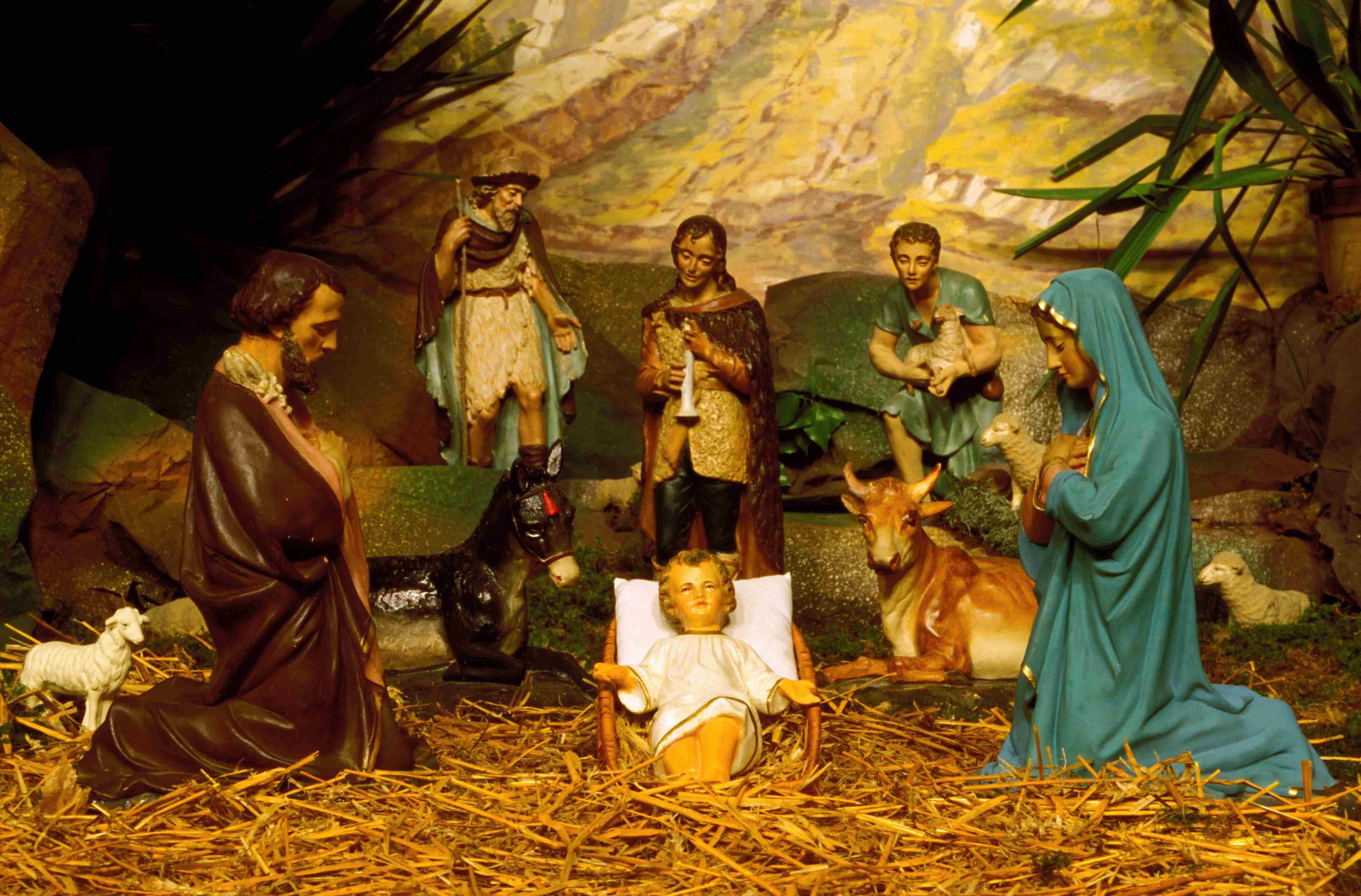The Supreme Essence and the Manger (Inspired by the Nativity Feast Hymns)

Christ, in the flesh, lived on earth for thirty three and a half years, and in the last three and a half years of this period He ministered by teaching, healing the sick, preaching the kingdom of God, and fulfilling salvation by His death, resurrection, and ascension to heaven. Throughout this period He was accompanied by His disciples, who were eyewitnesses to all the previously mentioned aspects of His ministries. The questions that we need to raise here are: How did those disciples perceive Him? Did they see Him as God incarnate during the period of His ministry? Did they think of Him as He truly is, fully divine and fully human in a perfect unity?
The answers to those questions are not as easy as they may seem to Christians like us, who were born in the Christian faith since our early childhood. I would claim that we might prematurely rush to answer affirmatively to all the aforementioned questions. However, by examining the scriptures, and more specifically the main narratives of our Lord's life depicted in the four Gospels in depth, we might face difficulty in answering them.
Admittedly and explicitly, according to the four Gospels, the disciples were eyewitnesses to all the fascinating teachings of our Lord Jesus Christ and all His miraculous works. Yet we need to distinguish between two approaches to their perceptions of His life, teachings, and works in the Synoptic Gospels, Matthew, Mark, and Luke, on the one hand, and the Johannine account on the other . The Synoptic Gospels, in different ways, address the life of Jesus Christ in somewhat of a chronological approach from varying starting points of time. The Johannine account mainly addresses the divinity of Christ from its outset, based on a well-covered narrative of the life of Christ by the other Synoptic Gospels.
It can be easily inferred from the Synoptic Gospels that the answers to the questions by which we had opened this article are negative, and that it was not until the resurrection, and the discourses the disciples had with the risen Christ, that they started to reiterate all that they had previously witnessed to realize that the One they lived with for three and a half years is truly God incarnate, who died voluntarily to defeat death and to grant all mankind eternal salvation. The Gospel of St. John, on the other hand, begins by revealing this truth through the lens of the crucifixion and resurrection since its early chapters: "In the beginning was the Word, and the Word was with God, and the Word was God." (John 1:1); "Therefore, when He had risen from the dead, His disciples remembered that He had said this to them; and they believed the Scripture and the word which Jesus had said." (John 2:22).
The belief in the person of Christ as God incarnate became one of the chief foundations of the preaching of the disciples and apostles and throughout all the following generations in the church. This belief is articulated in almost all the prayers of the Church, and particularly in the feasts. We can see this belief in one of the fascinating hymns "E Parthenos" that is specific to the Nativity Feast that we are celebrating:
"Today the Virgin gives birth to the Supreme Essence,
And the earth offers the manger to the Unapproachable.
The angels with the shepherds glorify,
And the wise men with the star journey,
For to us is born a new Child,
God before the ages."